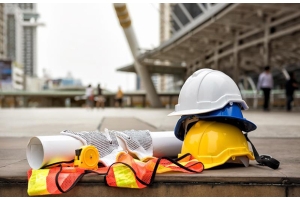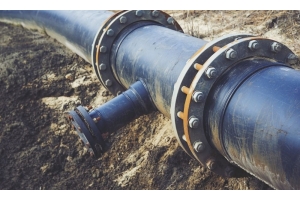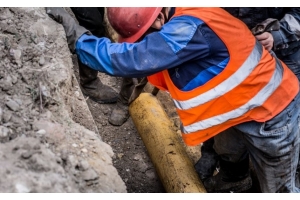How to Reduce Environmental Impacts of Pipelines


Environmental concerns create some of the most significant challenges for the oil and gas industry. Pipeline constructors and operators must find a way to meet environmental codes and regulations while continuing to run efficient, cost-effective pipelines. Fortunately, there are a number of ways companies can avoid or offset the environmental impact of pipeline construction. With a little extra effort and innovation, operators can create pipeline systems that do their job while upholding environmental standards. Learn more about how to reduce environmental impacts of pipelines with this overview.
3 Ways To Reduce Environmental Impacts Of Pipeline Construction
1. Plan Pipeline Routes Carefully
Habitat loss and fragmentation is a key environmental concern of pipeline placement. If you plan a pipeline route carelessly, you could be laying pipe over crucial ecosystems containing endangered species or vegetation. Even if the pipeline itself doesn’t cause too much damage, the excavation and heavy equipment involved in placing it will. When deciding where to lay your pipeline, keep the environment in mind. Avoid areas of high concern instead try to lay the pipeline over previously disturbed areas to minimize habitat destruction. You should also try to make use of existing access roads, as this will help you minimize the negative impact of construction. As you plan your pipeline, carefully assess multiple routes so that you can create the most environmentally friendly course possible.
2. Offset Habitat Loss
Sometimes habitat loss, emissions, and other negative effects are unavoidable. When this happens, your company should prioritize offsetting the damage. A huge part of how to reduce environmental impacts of pipelines is putting time and money into green efforts that can help balance out the effects of your construction. For example, replanting trees or supporting local nature reserves are good ways to compensate for any habitat loss you cause. You should analyze every project to determine what your environmental footprint is and how you can offset it.
3. Maintain Safe, Functioning Pipelines
Once you construct and start running a pipeline, you have a responsibility to ensure it doesn’t cause further harm to the environment. Leaks, emissions, and other damage from pipelines can destroy vegetation, harm local wildlife, and add to local water and air pollution levels. Operators can help avoid these issues by strict inspection, implementing industrial pipeline cleaning methods and maintenance routines. When you stay on top of pipeline repairs, you can help prevent major problems and environmental damage. Make sure your company has the industrial pipeline products you need to maintain your pipes and the environments around them. Contact Petersen Products to fill your toolbox with top-of-the-line pipe testing equipment, pipe plugs, and more.
Are Pipelines bad for the environment?
Pipelines can contribute to environmental impacts, but these can be minimized with responsible practices. Key pipeline environmental impacts include habitat loss, emissions, and potential leaks. However, careful route planning, offsetting habitat damage, and regular maintenance help reduce these risks. When managed properly, pipelines can be efficient while lowering their environmental footprint.
How does pipeline construction impact local wildlife and disrupt natural habitats?
Pipeline construction can disrupt local wildlife and natural habitats in several ways. It often leads to habitat destruction and fragmentation, as clearing land removes vegetation and displaces animals. The use of heavy machinery can cause noise and water pollution, which disturbs wildlife and damages ecosystems.
The information may be used but with no warranty or liability. This information is believed to be correct but should always be double checked with alternative sources. Strictly adhere to and follow all applicable national and local regulations and practices.






